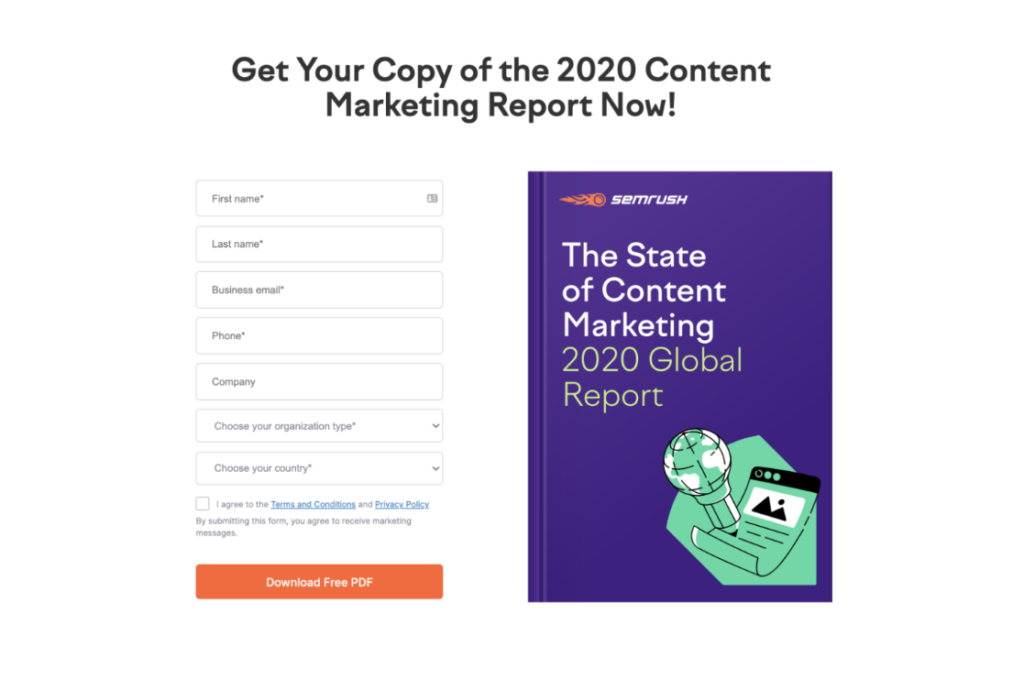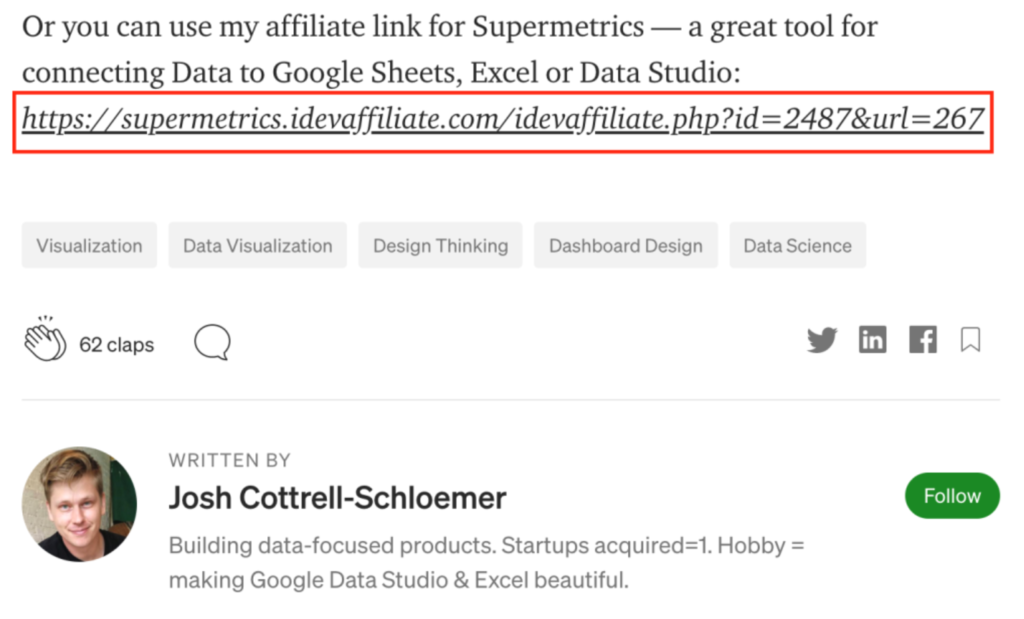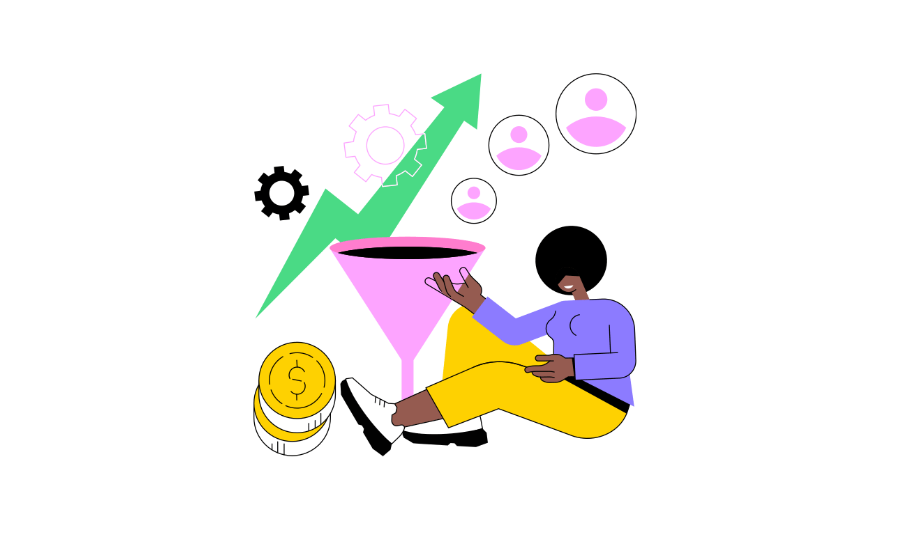In the dynamic world of digital marketing, website conversions are the heartbeat of success. Converting visitors into customers is an art that involves understanding the psychology of online behaviour and strategically aligning your website’s elements to prompt specific actions.
Understanding the Essence of Website Conversions
Before delving into the specific types of website conversions, it’s crucial to grasp the essence of conversion optimisation. At its core, conversion optimisation is the process of fine-tuning your website to encourage visitors to take a desired action. Whether that action is making a purchase, signing up for a service, or simply downloading valuable content, the journey begins with understanding your audience’s needs and motivations.
The Psychology of Online Behavior
Consumer psychology is a powerful tool in the hands of a savvy marketer. By delving into the intricacies of why users behave the way they do online, we can craft compelling messages that resonate with their emotions and needs. From the first glance at your website to the final click on a call-to-action (CTA) button, every step should be a carefully choreographed dance that guides visitors seamlessly towards conversion.
The 10 Types of Website Conversions
Below is a list of ten common types of website conversions, including:
1. Subscribing to an Email Newsletter on a Blog
The placement of subscription options on blog posts, landing pages, or as unintrusive pop-ups is a strategic choice that goes beyond mere collection of email addresses. It is about cultivating a dedicated audience and fostering lasting relationships. Newsletters, updates, and exclusive content become the threads weaving a community of engaged followers. This community, based on shared interests and values, forms the bedrock of brand loyalty, creating a channel for ongoing, meaningful communication.
2. Downloading an Ebook/Content
Offering valuable content in exchange for information is a classic tactic for building relationships with your audience. The strategic feature of downloadable content, such as ebooks or whitepapers, serves a dual purpose. Positioned prominently on landing pages, blog posts, or in well-timed exit-intent pop-ups, this content not only positions the brand as an authoritative source but also functions as a value exchange mechanism. Users willingly share their information, creating a pool of engaged leads. These leads, having received valuable insights, become a strategic asset for future marketing efforts, forming a community that values the brand’s expertise and offerings.
This website conversion approach is ideal for businesses aiming to provide non-discount incentives in exchange for email or phone number opt-ins.

3. Completing a Contact Form
For businesses seeking direct engagement, a well-designed contact form can be the bridge between curiosity and connection. By collecting essential information and inviting users to initiate direct conversations, these forms become catalysts for nurturing potential leads. The information gathered provides a foundation for personalised interactions, creating a seamless journey from initial interest to engaged connection.
4. Signing Up for a Service Through a Web Form
The conversion journey often involves more than a one-time interaction. Streamlining the service sign-up process is paramount. The goal is to strike a balance between obtaining necessary information and ensuring a seamless user experience, encouraging swift conversion from interest to action.
5. Starting a Free Trial After Providing Personal Info
Businesses incorporating this as a website conversion objective typically specialise in offering subscription-based models or other service components and usage items. This strategy is commonly observed in B2B websites, SaaS companies, and related industries.

Strategically placing options for free trials on product or service pages, employing well-timed pop-ups, or featuring them prominently in the website header is a calculated move. The allure lies in providing users with a firsthand experience of the product or service. By collecting minimal personal information upfront, businesses can enhance the likelihood of converting trial users into paying, satisfied customers who have experienced the value proposition firsthand.
6. Clicking a CTA Button to a Specific Landing Page
Crafting compelling calls-to-action is an art form. Meticulously crafted CTAs serve as gateways to conversions, directing users to specific landing pages where the conversion journey unfolds. These landing pages are tailored to guide users seamlessly through the next steps, be it making a purchase, signing up, or exploring more valuable content.
7. Downloading an App
In the mobile-centric landscape, app downloads are a coveted conversion. App downloads signify a deeper level of engagement, and optimising the download experience involves more than just providing a link. Effective messaging, app store optimisation (ASO), and creating a seamless transition from the website to the app store are essential elements that enhance the overall user experience, increasing the likelihood of successful downloads and continued engagement.
8. Clicking an Affiliate Link
The natural integration of affiliate links into relevant content, such as blog posts, reviews, or product descriptions, represents a delicate balance between value and revenue generation. By seamlessly blending these links with informative content, brands can provide value to users while simultaneously generating revenue through affiliate partnerships. Maintaining trust is paramount, achieved by recommending products or services that align with the brand’s ethos and resonate with the audience, ensuring a harmonious integration of commerce and content.

9. Selling a Product Through an Online Shop
The online shopping experience should transcend mere transactional functionality. It should be intuitive, immersive, and frictionless. Every element, from compelling product descriptions to a user-friendly checkout process, contributes to converting visitors into satisfied customers. This approach not only drives sales but also builds brand loyalty by delivering a positive and memorable user experience.
10. Creating an Account
Highlighting the creation of user accounts in the website header, during the checkout process, or as part of a loyalty program represents a strategic investment in user experience and long-term engagement. User accounts offer more than just convenience for users; they provide a personalised experience, order tracking, and a sense of belonging to a community. For businesses, user accounts provide valuable data for targeted marketing efforts, enabling the delivery of tailored content and promotions. This symbiotic relationship enhances customer loyalty, encouraging repeat interactions and further solidifying the brand-user connection.
What Is a Good Website Conversion Rate?

Determining a good website conversion rate can be influenced by various factors, including industry, business type, and the specific goals of a website. In general, a conversion rate is calculated by dividing the number of conversions by the total number of visitors and multiplying by 100 to get a percentage.
As a benchmark, a typical website conversion rate might range from 1% to 5%. However, this can significantly vary. E-commerce websites may aim for higher conversion rates, often falling between 2% and 10%, depending on the industry and the product or service offered.
It’s crucial to consider the nature of the website and the defined conversion goals. For example, lead generation websites might have a different standard, with conversion rates typically falling between 5% and 15%.
Ultimately, what constitutes a good conversion rate depends on the specific objectives of the website and how well it aligns with industry standards. Regularly monitoring and optimising conversion rates based on the unique circumstances of the business can be more insightful than adhering strictly to industry averages.
How To Boost Your Website Conversion Rate
If your website’s conversion rate is not meeting expectations, the following suggestions will assist you in devising a strategy to enhance it:
Establish Clear Goals for Your Website
Define specific conversion goals for your website, such as completing a purchase, filling out a form, or subscribing to an email list. Whether it’s page visits, link clicks, form submissions, or custom conversions, ensure these goals are measurable. Without measurable goals, it’s challenging to gauge the effectiveness of your strategy.
Assess Visitor Interaction
To create a website that converts effectively, consider your target audience in the design process. User experience (UX) plays a critical role in determining whether visitors stay or leave. If your conversion rates are low, it might indicate a need for website design improvements.
Examine how visitors interact with your site to identify shortcomings. Utilise resources like heatmaps, session recordings, feedback surveys, and NPS scores to gain a deeper understanding of customer behaviour.

Analyse Competitors
Understanding your competitors’ strengths and weaknesses provides a significant competitive advantage. Recognise that potential customers research competitors before making a purchase. By conducting a competitor analysis, you can focus on ensuring that your website and product selection stand out.
Simplify Navigation
Facilitate easy navigation for visitors by ensuring your website is user-friendly. Streamline the navigation process to guide users toward conversion actions. Consider incorporating an internal website search to assist visitors in finding information effortlessly.
If visitors are about to exit your site, use exit offers to present top content or best sellers, increasing the chances of retaining them.
Highlight Prominent CTAs
Calls to action (CTAs) guide visitors to take desired actions. Evaluate the prominence and appeal of your CTA buttons. Make them visually appealing, easily accessible, and use action-oriented words like “Sign-Up” or “Buy Now” to prompt users to act.
Build Trust with Reviews and Testimonials
Displaying social proof, such as customer testimonials and reviews, enhances trust and credibility. Visitors engaging with reviews are more likely to convert. Showcase positive reviews on landing and product pages, as it significantly influences purchasing decisions.

Include social proof in exit offers to retain visitors, especially those with items in their cart. Positive reinforcement, coupled with incentives like discounts, can encourage conversion.
Ensure Mobile-Friendly Design
Optimise your website for mobile devices as mobile-friendly designs increase conversions. Implement responsive design, increase font sizes, and make the website thumb-friendly for seamless mobile interactions.
Optimise Page Load Time
Fast page load times are crucial for retaining visitors. Aim for page loads within four seconds to prevent users from leaving due to impatience. Strategies like using AMPs and optimising image sizes contribute to faster page loads.
Address Technical Issues
Fix technical concerns, including JavaScript issues, to ensure smooth website functioning. Test all landing pages and CTAs to avoid errors that may hinder conversions. Prioritise website security and use reputable services, especially for payment transactions.
Streamline the Conversion Process
Make the conversion process easy by minimising steps and avoiding unnecessary information requests. Simplify forms, ask for essential details, and provide immediate value to users. Prioritise a seamless checkout process by reducing fields, offering one-click checkout options, and minimising account requirements.
Test Continuously
Regularly run tests to evaluate the impact of changes on your website’s conversion rate. Employ split testing to compare different versions of a webpage and determine the most effective elements.



